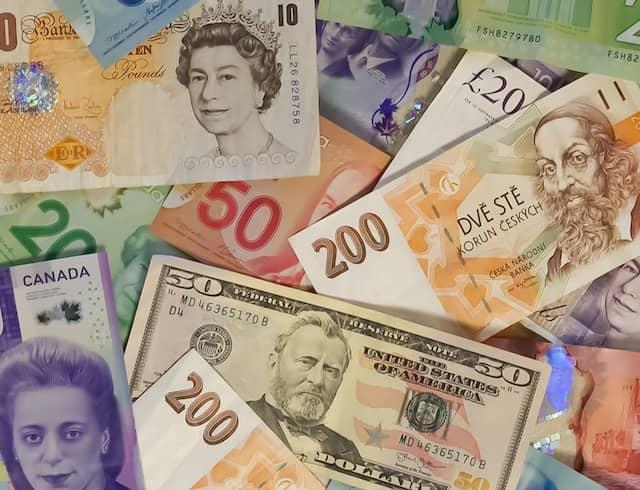Outpacing Other Currencies: British Pound Inches Closer to Two-Week High Against the US Dollar
Table content
- Introduction
- British Pound Gains Momentum
- Market Sentiment and Investment Horizons
- Current Performance Against Major Currencies
- Inflationary Concerns and Future Outlook
- Conclusion
Introduction
The British pound has made significant strides in recent developments, nearing a two-week high against the US dollar. This surge in value can be attributed to interest rate differentials, as it appears that Britain is poised to outpace both the United States and Europe in terms of rate rises this year. In this article, we will explore the factors contributing to this upward momentum and the potential impact on the currency market.
British Pound Gains Momentum
After the Federal Reserve paused its tightening cycle in June, speculation has been rife about the timing of the next rate increases. While the Fed is expected to resume its rate hikes in the near future, it is also approaching a critical juncture where it will assess the effects of previous increases, given the signs of a slowdown in inflation.
On the other hand, the Bank of England took decisive action this month by raising the bank rate by half a percentage point. Market analysts have responded to this move by pricing in an additional 150 basis points of tightening by mid-next year, mainly due to persistent inflationary pressures. Notably, consumer price inflation remained unchanged at 8.7% in May compared to April, surpassing the BoE's expectations outlined in their May monetary policy report.
Stephen Gallo, a prominent global FX strategist at BMO Capital Markets, suggests that the pound is receiving strong support against both the dollar and the euro. He emphasizes that the market focuses primarily on rate differentials rather than the underlying reasons for the projected rise in UK interest rates.
Market Sentiment and Investment Horizons
Considering the market sentiment and current projections, shorting sterling aggressively may pose challenges for FX investors. Gallo asserts that when the market is factoring in a 6% or higher bank rate, it becomes increasingly difficult for investors with short-term investment horizons to bet against the pound. In essence, the sustained support for GBP and UK yields, driven by sticky inflation and a hawkish stance from the Bank of England, may result in a deeper correction lower in GBP at a later stage.
As of the latest data, the pound has demonstrated a slight gain of 0.1% against the dollar, reaching $1.2748. This marks its highest level since June 22 when it peaked at $1.2780. Similarly, the pound has strengthened against the euro, rising by 0.1% with the single currency trading at 85.35 pence.
Inflationary Concerns and Future Outlook
The persistence of stickier inflation has led to market speculations that the Bank of England will adopt an aggressive approach to policy tightening in order to curb rising prices. However, industry analysts anticipate that the inflationary pressures will subside as 2023 progresses.
Francesco Pesole, an FX strategist at ING, affirms that the inflation outlook is expected to improve later this year. This implies that there may be a subsequent reassessment of the market's rate expectations for the BoE, potentially impacting the pound's value.
Future Outlook
The stickiness of inflation has led market participants to believe that the Bank of England must take assertive measures to curb rising prices. However, analysts anticipate that inflationary pressures will gradually subside later in 2023. This potential improvement in the inflation picture might prompt a reevaluation of the market's rate expectations for the Bank of England, potentially impacting the value of the pound in the future. Francesco Pesole, an FX Strategist at ING, believes that such a scenario could lead to a downward correction in the pound.
In conclusion, the British pound is currently in a favorable position against the U.S. dollar and the euro. Interest rate differentials, combined with the Bank of England's proactive stance on inflation, have contributed to the pound's strength. However, market dynamics may shift as inflationary pressures evolve, prompting a reevaluation of rate expectations. Monitoring upcoming developments and their potential impact on the pound's performance will be crucial.











Discussion